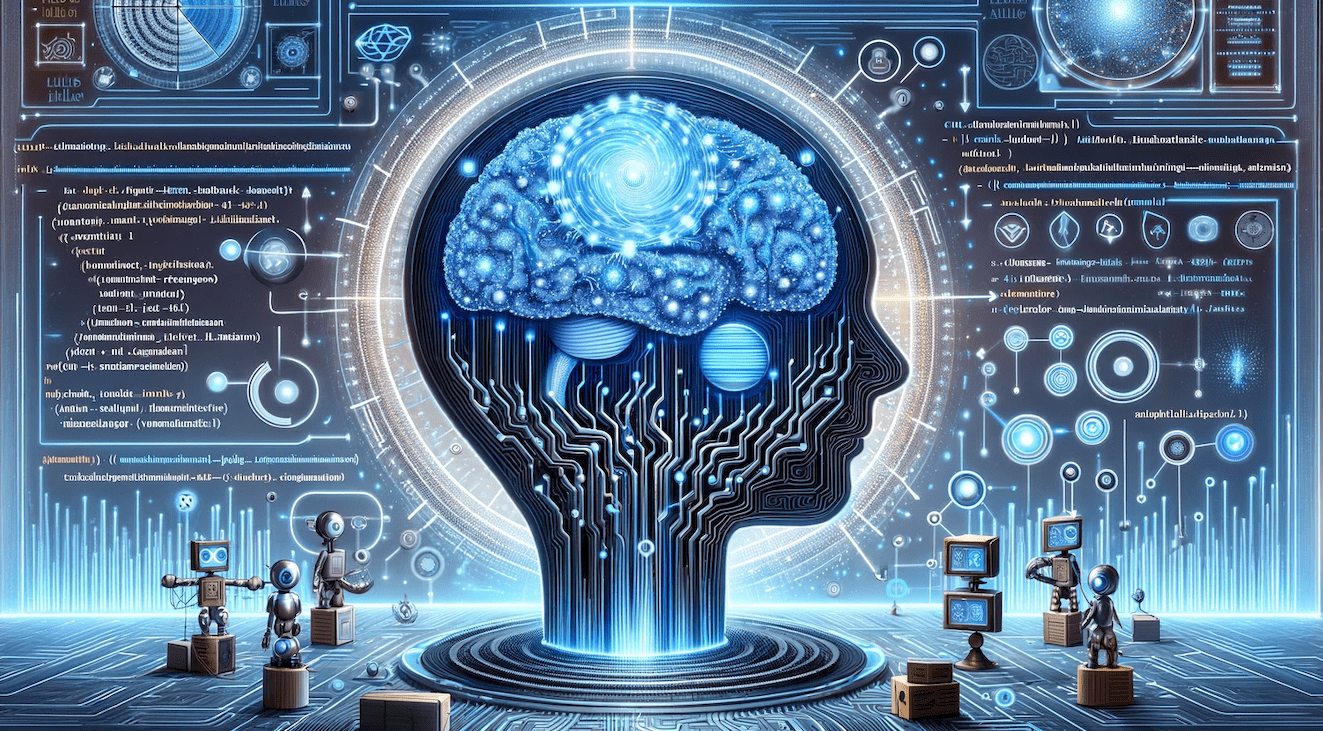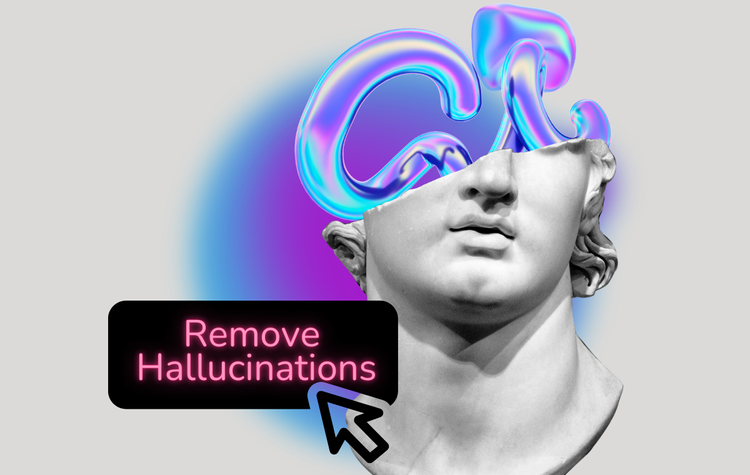How to Prevent LLM Hallucinations
LLMs are powerful tools. But LLMs can make things up, or hallucinate. LLM hallucination is a built-in feature, so the only way to avoid LLM hallucination is to build or use a solution outside of the LLM -- like Gleen AI.

About a year ago, large language models (LLMs) were not part of most people’s vocabulary.
Today, encountering someone who hasn't heard the LLM acronym is increasingly rare. Per an IBM survey, around 50% of CEOs are planning to implement generative AI into their services and products.
LLMs have become powerful tools that easily provide answers to some of our most difficult questions. In fact, some companies give their employees a ChatGPT Plus subscription.
One critical problem with LLMs is their tendency to “hallucinate” and mislead people. But, per Tidio survey, 72% of users believe that LLMs provide reliable and truthful information.
If we don’t find how to reduce AI hallucinations, they can have serious implications.
In this article, we’ll discuss what causes hallucination, and how to prevent hallucinations in LLM.
What is an LLM Hallucination?
Large Language Models (LLMs) like ChatGPT, Llama, Cohere, and Google Palm “hallucinate.” When LLMs hallucinate, they generate responses that are grammatically correct and sound coherent.
However, the responses can be incorrect or nonsensical.
Pro Tip: Check out our comprehensive guide to generative AI.
For example, ChatGPT accused a professor of sexual harassment and cited a non-existent Washington Post article.
In another example, a lawyer used ChatGPT to write a court filing. The filing cited fictional court cases.
What Causes LLM Hallucinations?
When you want to know how to avoid hallucinations in LLM, you must understand what causes them in the first place. Here are some of the reasons why a language model hallucinates:
LLMs can repeat inaccuracies in the training data
If inaccuracies exist in the training data, the LLM can repeat those inaccuracies in the response.
The LLM cannot distinguish between fiction and fact, especially when you feed it with diverse sources.
During its launch, Google's Bard claimed that the James Webb Space Telescope was the first to capture images of planets beyond our solar system. (This is factually incorrect.)
An error in the training data probably caused this hallucination.
The LLM's prompts don’t have enough context
Inaccurate or inadequate prompts can cause a language model to behave erratically. If feed vague prompts, the LLM may generate unrelated or incorrect responses.
The LLM doesn’t have training for the specific domain
ChatGPT and its underlying LLM (GPT-3.5 or GPT-4) generate responses using training data from the entire public internet.
However, it will need extensive training when generating responses about specific domains like finance, medicine, and law.
Absent of more specific domain knowledge, LLMs have a greater tendency to hallucinate.
LLMs generate responses based on probability
LLMs are not encyclopedia-like databases of facts.
Instead, they analyze a large about of text. Given a prompt, they simply predict the next most probable word in the conversation.
The LLM cannot determine whether its response is accurate or not.
Can You Prevent LLM Hallucinations?
Now that we've explored the causes of LLM hallucination, you're now probably wondering how to stop LLM hallucations.
A simple answer to this question exists. No, you cannot prevent LLM hallucinations.
This answer may be surprising to you.
However, there are still ways to reduce hallucinations.
Can You Reduce LLM Hallucination?
Rather than focusing on how to stop LLM hallucinations, you should focus on mitigating hallucination.
A few ways to minimize LLM hallucination exist.
Fully custom LLM
One way to reduce LLM hallucinations is to building a fully custom LLM.
A company can train the LLM from the ground up only on knowledge that is accurate and relevant to its domain. Doing so will help the model better understand the relationships and patterns within a particular subject.
We should provide a few caveats.
First, it's extremely expensive to build your own LLM.
Second, a custom custom LLM can and will still hallucinate.
Fine-tuning a pre-trained LLM
You can also train an LLM on a smaller set of data designed for a specific task.
Fine tuning an LLM takes time, money, and machine learning expertise.
In addition, while LLM fine-tuning can reduce hallucination, it cannot completely stop it.
Retrieval Augmented Generation
You cannot eliminate LLM hallucinations.
However, the most effective way to minimize hallucination is outside the LLM itself.
Specifically, you can build or use a chatbot that deploys Retrieval Augmented Generation (RAG).
RAG provides more context around the question to generate a more relevant and accurate answer. The technique augments the prompts by doing the following:
- Use the LLM to generate embeddings for all your knowledge
- Use the LLM to create embeddings for the question or prompt
- Doing a similarity search across your knowledge base to find the information that is most relevant to the question
- Pass to the LLM both the question and the most relevant knowledge (as context to the question).
Choose a Superior RAG-Based Chatbot
Not all RAG-based chatbots have equal hallucination-prevention capabilities.
Gleen AI, for example, adds another step to the RAG-based process. After the LLM returns a response, Gleen AI automatically checks the response for hallucination. It suppresses the response when it detects hallucination.
Customers who have used Gleen AI agree that its responses are extremely accurate and relevant. Moreover, this chatbot minimizes, if not outright eliminates, hallucination altogether.
Do you want to avoid LLM hallucinations? Request a demo of Gleen AI, or create your own free generative AI chatbot now.



